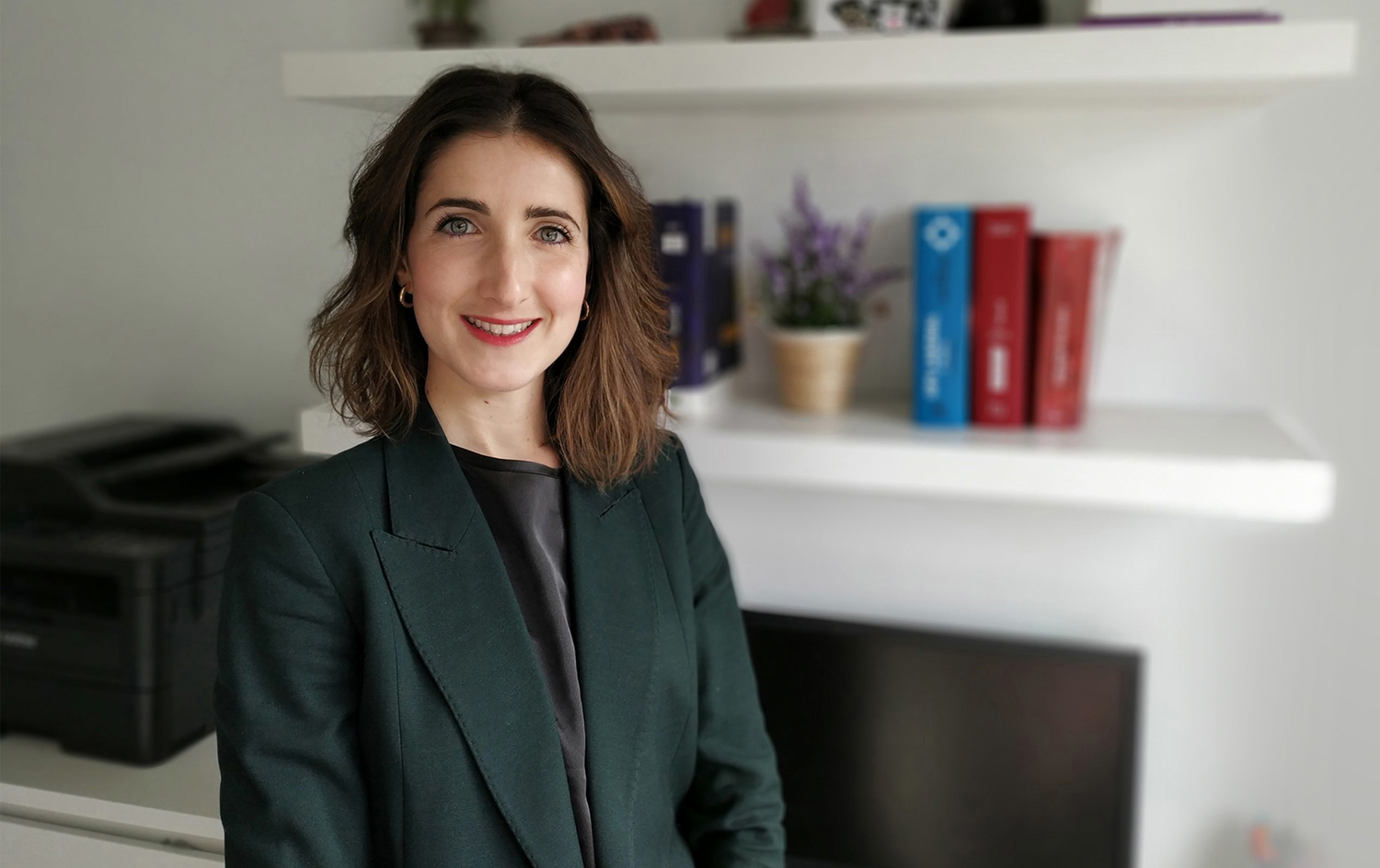What do children's stories look like from a gender perspective?
- The association Bitartean heldu eskutik concluded that in the characters of children's literature lack of diversity and excessive stereotypes and sexist roles are reproduced. He has now extracted a documentary transformed from roots, which gathers the results of the research, the recommendations of stories and the opinions of writers, illustrators, editorials and booksellers on the return of children's literature. "Over these years things have changed a lot, but we continue to unconsciously tend to fall into different stereotypes."

Stories play a fundamental role in the development of children, as they help us to understand our inner world and to know the society, values and attitudes that surround us. If in stories there are very marked roles and they repeat frequently, the child will internalize it like this. In order to investigate how children and youth literature influences the construction of gender equality, in 2020 the library of a Primary and Early Childhood Education center was analyzed. The result: the writers of the stories studied are mainly men, the protagonists are more than girls, the stories often reproduce stereotypes and sexist roles and only in 13% of the stories women appear in a role different from care, and when they have appeared working, in most cases, only in teaching or commerce tasks. The bottom line is that sometimes society is more advanced than the imaginary of stories. "Imagine that our daughters don't see that women are in the labor world! ".
A similar study was conducted at the Oiartzun municipal library and similar trends were confirmed. To reflect on research and wear purple glasses in literature, they have taught workshops for teachers and have drawn a guide to non-sexist stories in collaboration with Katakrak. The next step has been the documentary, which also includes several interviews: Transforming it from the roots. Child literature allied with equality. The audiovisual will be broadcast this Tuesday for the first time in the Landetxe room of Oiartzun at 18:30. It will also be broadcast at the Durango Fair on December 7 in Irudi.
Ainara Azpiazu: "I attach great importance to drawing a multi-spectrum character so that all children, when they read stories, can be represented."
Are things changing?
“I think there are voices that are rising, on the one hand, and on the other, that in recent years we are seeing people looking for reindeer, to create other models,” says writer Lur Gallastegi, hopeful in the documentary. For the bookseller Imanol Agirre, this change is “the phenomenon that has occurred in recent years”, “we sometimes look at the window and ‘look, we have not balanced it, we will try to make the authors of the window be women and men.’
Inés G. Azpiazu is also a bookseller who has emphasized the right choice of books and the right filter, as “a tool to educate stories”. The illustrator Ainara Azpiazu attaches great importance to “drawing a diverse character spectrum, so that all children, when reading stories, can see themselves represented (racist girls, boys and girls…), because I did not see myself represented in my childhood”.
Editor Carmen Elvira remembers that stories are a magical world and at the same time a way of knowing reality: “Diversity, gender… are important and must be worked out, but not explicitly.” Returning to the subject, Gallastegi speaks of books “very pedagogically”, “artificial, someone will tell you that this is not if there is literature, debate and salsa”.
The trailer of the documentary is:
Saran egingo da urriaren 11 eta 12an, eta aurtengoa laugarren edizioa izango da.
-It was an ordinary afternoon. For anglerfish.” This evening is what Maite Mutuberria tells us in this album. The book has very few texts and the images tell us very well the development of history.
From the beginning we can see in the illustrations a large and quiet... [+]
The one who approaches this book, first of all, will be with G. It meets the images of Mabire. They are comic style images, very accurate strokes and celestial experiences that help to easily interpret characters and situations. These images coincide with the text, which is... [+]




















